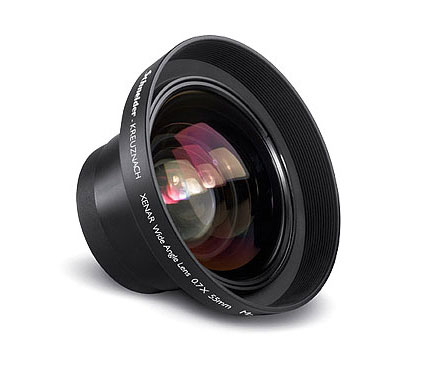
While we’ve previously discussed digital camera lenses in some detail (see Digital Cameras: Digital Zoom vs. Optical Zoom for more info), we’d be remiss if we didn’t talk about the opposite end of the spectrum, e.g. the fully-zoomed telephoto. We of course refer once again to the wide angle lens, and we want to impress upon you that strong wide angle capabilities are just as important as monster magnification when it comes to taking digital photographs.
With a truly “wide” wide angle lens, your photos will look more natural. You can take a scenery shot and maintain focus from the foreground to the background. You can take a shot of a mountain range and effectively capture its panorama. You can take real estate and architectural photos without making your subject look cramped and small. Moreover, because wide angle lenses tend to accentuate objects nearer to the camera, you can do some very cool things with geometry and distortion.

Having said that, compact cameras lenses have “widened up” quite a bit in the past few years, and there are several models that can capably handle most casual wide angle needs.
Editors' Recommendations
- Nikon’s new 800mm lens for Z-mount cameras lightens the load
- Optical vs. digital zoom: What you need to know
- The best Sigma lenses offer affordable quality for DSLRs or mirrorless cameras
- 7 cameras that revolutionized photography and changed how we take pictures
- The most expensive cameras and lenses you can buy (but probably shouldn’t)


